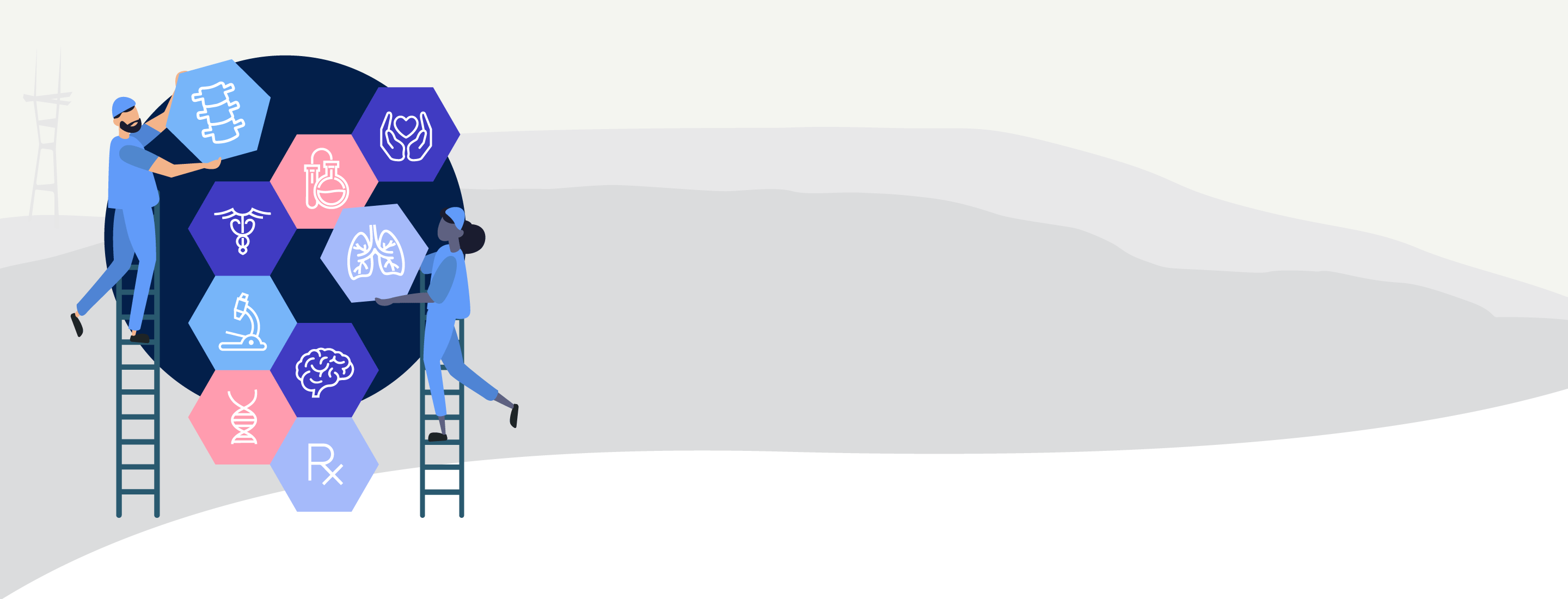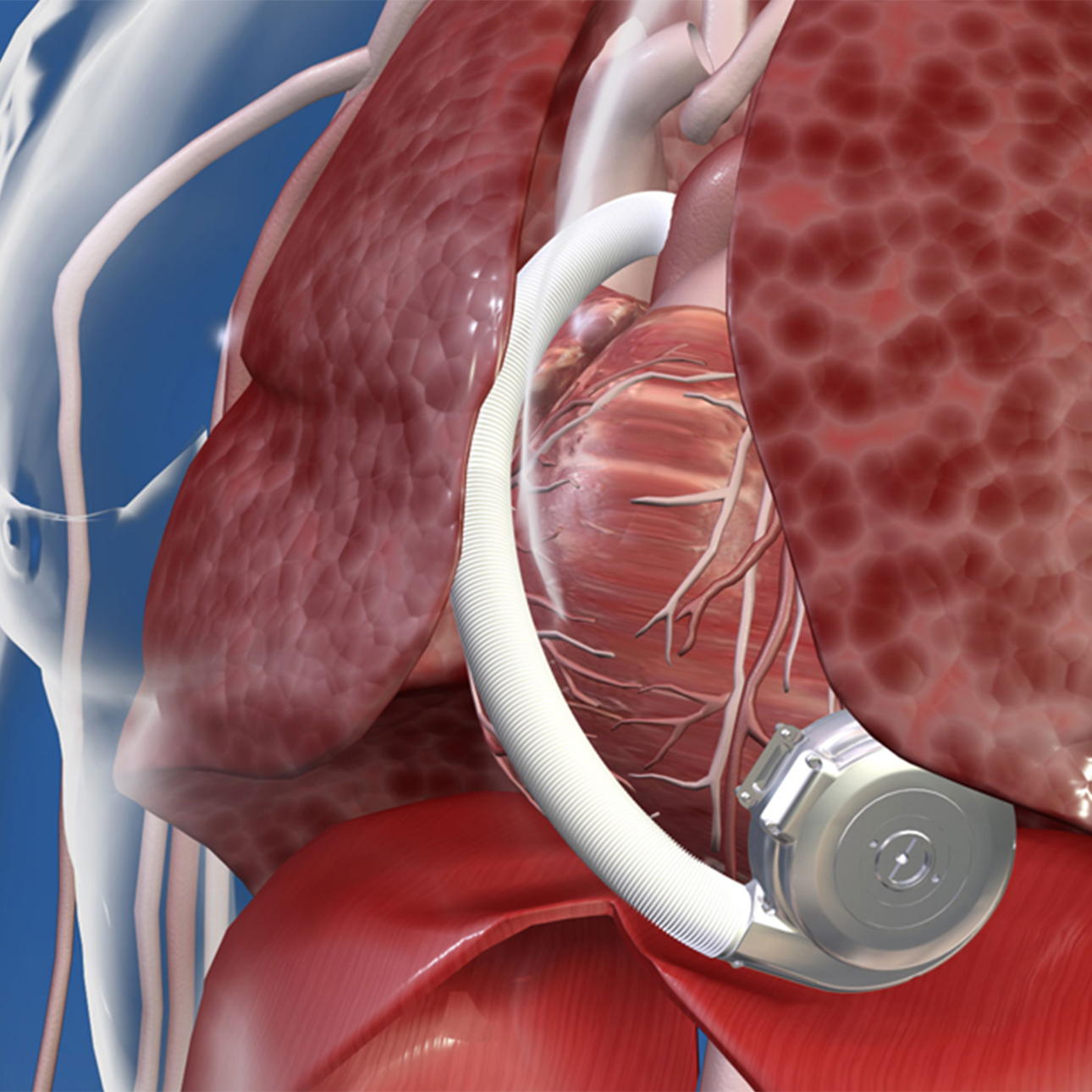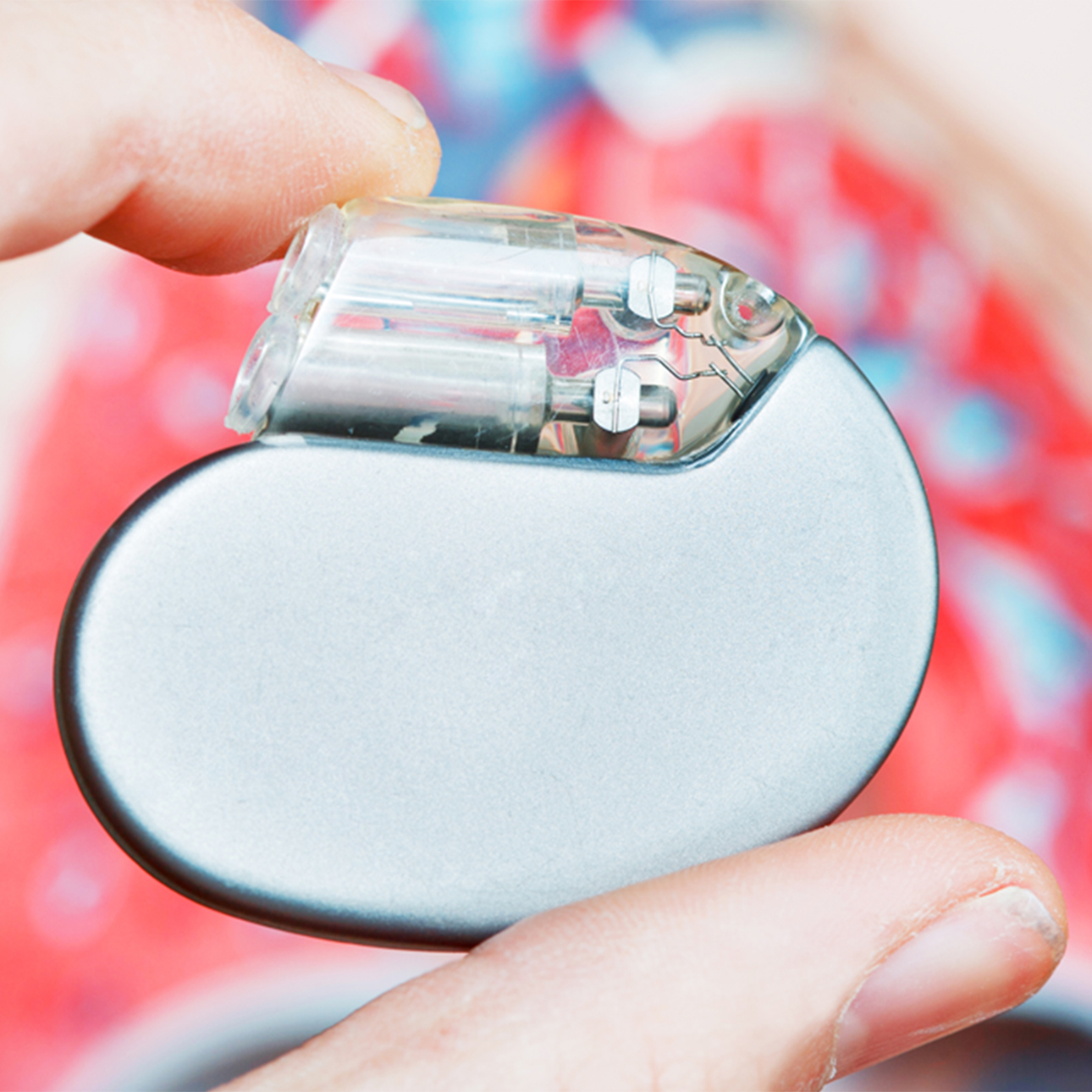
Heart Failure
Treatments
Although heart failure is a serious condition that progressively gets worse over time, certain cases can be reversed with treatment. Even when the heart muscle is impaired, there are a number of treatments that can relieve symptoms and stop or slow the gradual worsening of the condition.
The goals of heart therapy are to:
- Relieve symptoms and improve quality of life
- Slow disease progression
- Reduce the need for emergency room visits and hospitalization
- Help people live longer
Treatment options depends on the type, cause, symptoms and severity of the heart failure. Usually, more than one therapy is used.
Treating the Underlying Causes
A number of conditions can contribute to heart failure. Treatment of these other factors may range from surgery or angioplasty to open clogged blood vessels in patients with coronary artery disease to medications prescribed to control high blood pressure, diabetes, anemia or thyroid disease. In addition, it's particularly important to treat abnormal heart rhythms called arrhythmias in patients with heart failure.
Lifestyle Changes
These modifications often improve or control some of the factors contributing to heart failure. For example, people with heart failure will see an improvement if they:
- Modify daily activities and get enough rest to avoid stressing the heart
- Eat a heart-healthy diet that is low in sodium and fat
- Don't smoke and avoid exposure to second-hand smoke
- Don't drink alcohol or limit intake to no more than one drink two or three times a week
- Lose weight
- Avoid or limit caffeine intake
- Get regular exercise, which may include a physical rehabilitation program, once symptoms are stable
- Reduce stress
- Weigh yourself daily, for a sudden increase may signal fluid build-up
- Keep track of symptoms and report any changes
- Have regular checkups to monitor the condition
Medications
A number of medications are prescribed for heart failure, and most patients will take more than one drug. Medications may be prescribed to:
- Dilate blood vessels
- Strengthen the heart's pumping action
- Reduce water and sodium in the body to lessen the heart's workload
Types of medication include:
- Angiotensive converting enzyme (ACE) inhibitors, which dilate, or widen, the arteries, improving blood flow and making it so that the heart doesn't have to pump as hard. ACE-Inhibitors counteract the action of certain compounds formed by the body to regulate heart failure but which can contribute to disease progression.
- Beta-blockers lower blood pressure and decrease and block the effect of harmful hormones that can cause disease progression.
- Diuretics or water pills help the kidneys produce more urine and rid the body of excess fluid, which can stress the heart.
- Spironolactone is a diuretic that preserves potassium and has been shown to reduce hospitalization and prolong life when used to treat advanced heart failure.
- Potassium and magnesium supplements are often prescribed with diuretics to replace these minerals, which are excreted in urine.
- Digoxin makes the heart beat stronger and slower, and regulates the rhythm of its contractions.
- Anti-arrhythmic drugs treat abnormal heart rhythms.
Surgery
Surgical options to treat underlying causes of heart failure
- Coronary artery bypass graft (CABG or "cabbage") to prevent and treat heart failure caused by blocked arteries. During bypass surgery, blood vessels taken from another part of the body — usually the leg — are attached to the clogged artery to create a detour around the blockage. This is conventionally done through open-heart surgery, but some patients may be candidates for minimally invasive CABG, an alternative offered at UCSF.
- Angioplasty, another treatment for blocked arteries. A thin flexible tube called a catheter is inserted through a small incision in the groin or neck into a blood vessel. In one procedure, a balloon is introduced through the catheter into the center of a blocked blood vessel. When the balloon is inflated, the blockage material is compressed back against the walls of the artery. A small metal device, called a stent, may be inserted through the catheter to serve as a permanent barrier to keep the plaque compressed. In another type of procedure, instruments are introduced through the catheter to remove the plaque.
- Implantation of pacemakers and other devices such as artificial heart valves
- Repairing congenital heart defects
Surgical treatments for heart failure itself include:
Heart Transplantation
Although a heart transplant may be the best option for patients with the most severe types of heart failure, this treatment is available to only a small number of people due to a shortage of donor hearts. Recent advances may make artificial heart transplantation an option in the future.
Left Ventricular Assist Devices (LVAD)
These may be implanted in the chest to increase heart pumping action. Until recently, LVADs required that the patient be hooked up to a large, hospital-based console while awaiting a transplant. Miniaturized battery-powered LVAD units, however, are allowing many patients to leave the hospital. The devices may be used as a primary treatment or as a bridge to heart transplant in adults.
Heart Reconstruction
The electrical signals that cause the heart to contract move in a spiral pattern. Ideally the heart is an elliptical shape, like a football, for this makes it easier to receive the electrical signals that trigger heartbeats. In heart failure, the heart often enlarges and become spherical, more like a basketball, which no longer "fits" the electrical pattern and makes the heart less efficient. A number of promising surgical procedures are being investigated to address this problem by reconstructing parts of the heart to normalize its shape. These heart reconstruction procedures include:
- Valve repair and revascularization, which may reduce heart size and improve cardiac function.
- Dynamic cardiomyoplasty, in which one end of a muscle from the patient's back is detached and wrapped around the ventricles of the heart. After a few weeks, the relocated muscles are conditioned with electrical stimulation to behave and beat as if they were heart muscles. The procedure may improve pumping ability, thereby limiting heart enlargement and reducing stress.
- The Batista procedure, also called "partial left ventriculectomy," removes a section of the wall of the left ventricle. The edges of the ventricle are repositioned and sewed together and the mitral valve and valve parts are repaired or replaced. This procedure has been largely abandoned due to poor results.
- The Dor procedures, also called "endoventricular circular patch plasty" or EVCPP, are used when a widening (aneurysm) forms in the ventricle following a heart attack. In the surgery, a looped stitch is created to shrink the area of dead, scarred tissue where the aneurysm formed. Sometimes, a patch made of Dacron or tissue is used to cover other areas of defective muscle. The goal of the surgery is to return the ventricle to a more normal size and shape.
- The Acorn procedure involves slipping a mesh-like "sock" around the heart and stitching it in place to reduce or prevent any further heart enlargement.
UCSF Health medical specialists have reviewed this information. It is for educational purposes only and is not intended to replace the advice of your doctor or other health care provider. We encourage you to discuss any questions or concerns you may have with your provider.
Treatments we specialize in
-

HeartWare
A new type of mechanical pump used to help patients with heart failure is smaller, lighter and more durable.
Learn more -

Implantable Cardioverter Defibrillator
A small implanted device helps regulate the heart rate in patients who experience very fast heart rhythms.
Learn more -

Minimally invasive coronary artery bypass grafting
This less invasive method of bypass surgery is a good option for patients with clogged arteries who can't have open-heart surgery.
Learn more -

Pacemaker
Millions of people now rely on these tiny electronic devices to keep their hearts beating steadily.
Learn more -

Ventricular assist device (VAD)
A mechanical pump is implanted in the chest to support heart function and improve blood flow in patients with weak or failing hearts.
Learn more
























